Bingo Wing-kuen Ling, Herbert Ho-Ching Iu, Hak-Keung Lam9789812790569, 981279056X
Table of contents :
CONTENTS……Page 10
Preface……Page 6
Section A: General Chaos Control Methods……Page 12
1.1. Introduction……Page 14
1.2. Problem Formulation……Page 17
1.3. Delay-Independent Synchronization Criterion……Page 20
1.4. Delay-Dependent Synchronization Criteria……Page 24
1.5. A Simulation Example……Page 35
References……Page 43
2.1. Introduction……Page 46
2.2.1. Fuzzy Model……Page 48
2.2.2. Switching Controller……Page 49
2.2.3. Error System……Page 50
2.3. Stability Analysis……Page 51
2.4.1.1. The Dynamics of the Response Rössler’s System……Page 55
2.4.1.2. The Dynamics of the Lorenz System……Page 56
2.4.1.3. The Dynamics of the Proposed Switching Controller……Page 57
2.4.2.1. The Dynamics of the Response Chua’s System……Page 59
2.4.2.3. The Dynamics of the Switching Controller……Page 61
2.5. Conclusion……Page 62
References……Page 63
3.1. Introduction……Page 66
3.2. Sliding Mode Control……Page 67
3.3. Chaos Control……Page 70
3.4. Chaos Synchronization……Page 77
3.4.1. Synchronization of Chaotic System Using Observer……Page 78
3.4.3. Implementation of Chaos Synchronization……Page 79
3.4.4. Multi-dimensional Signals Transmission via One Signal Transmission Channel……Page 82
3.4.5. Synchronization of Chaotic Systems with Multi-nonlinearities……Page 83
References……Page 87
4. A New Two-stage Method for Nonparametric Regression with Jump Points C.Z. Wu, C.M. Liu, K.L. Teo and Q.X. Shao……Page 90
4.1. Introduction……Page 91
4.2. Estimation for Potential Jump Points……Page 93
4.3. Segmented Regression with Constraints……Page 96
4.4. A Time Scaling Transformation Method……Page 98
4.5. Model Selection……Page 99
4.6. Numerical Example……Page 101
References……Page 104
Section B: Chaos Control for Continuous-time Systems……Page 106
5.1. Introduction……Page 108
5.2.1. An Overview of Chua’s Circuit……Page 110
5.2.2. An Inductorless Version of the Circuit……Page 112
5.2.3. PCChua { A Versatile Experimental Platform……Page 114
5.3. Chua’s Circuit Data Analysis and Modeling……Page 118
5.3.1. The Issue of Observability……Page 119
5.3.2.1. The Main Concepts……Page 121
5.3.2.2. The Results……Page 122
5.3.3.1. Monovariable Polynomial Model……Page 123
5.3.3.2. Monovariable Rational Model……Page 125
5.3.4.2. Topological Characterization……Page 128
5.3.4.3. Model Validation……Page 130
5.3.4.4. Multivariable Polynomial Modeling……Page 132
5.3.5. State Estimation……Page 136
5.4. Chua’s Circuit Control and Synchronization……Page 139
5.4.1. General Considerations { Control Objective, Available Energy and Mathematical Modelling……Page 141
5.4.1.1. The ITVC Principle……Page 142
5.4.2. Linear State Feedback……Page 144
5.4.3. Robust Control and Synchronization via Linear Matrix Inequalities……Page 149
5.4.3.1. Robust H1 Synchronization……Page 152
5.4.3.2. Experimental Results with Information Transmission……Page 155
5.4.4. Nonlinear State Feedback……Page 162
5.4.4.1. Low Energy Adaptive Proportional Controller……Page 163
5.4.4.2. High Energy Sliding Mode Controller……Page 165
5.5. Conclusions……Page 167
References……Page 171
6.1. Introduction……Page 176
6.2. H-Bridge Model……Page 178
6.3. Current-programmed Inverter……Page 182
6.4.1. Controller Design……Page 184
6.4.2. Stability Analysis……Page 185
6.4.4. Optimality Criterion……Page 188
6.5.1. Controller Design……Page 192
6.5.2. Stability Analysis……Page 193
6.5.3. Results……Page 196
6.6. Results on Sinusoidal Output Tracking……Page 199
6.7. Conclusion……Page 204
References……Page 205
7. Chaos Control of Epileptiform Bursting in the Brain M.W. Slutzky, P. Cvitanovic and D.J. Mogul……Page 208
7.1. Introduction……Page 209
7.2. Searching for Evidence of Chaos in the Brain……Page 210
7.2.2. Global Measure of Chaos: Lyapunov Exponent Estimates and Short-time Expansion……Page 212
7.2.3. Local Measure of Chaos: Unstable Periodic Orbits……Page 215
7.3. Chaos Control of Epileptiform Bursting……Page 218
7.3.2. SMP Control……Page 220
7.3.3. Effect of Control Radius (Rc) and Synaptic Plasticity on Control Efficacy……Page 221
7.3.4. Adaptive Control Techniques……Page 223
7.4. Feasibility of Control and Fixed Point Detection by State-point Forcing……Page 227
7.5. Obstacles to Chaos Control……Page 230
7.6. Conclusion……Page 231
References……Page 232
Section C: Chaos Control for Discrete-time Systems……Page 236
8.1.1. The Concept of Phased Lock Loop……Page 238
8.2. Mathematical Model……Page 241
8.3. Equilibrium Solution……Page 243
8.4. Backstepping Recursive Nonlinear Controller……Page 244
Appendix 8A—Methodology of Backstepping……Page 246
References……Page 253
9. Control of Sigma Delta Modulators via Fuzzy Impulsive Approach B.W.K. Ling, C.Y.F. Ho and J.D. Reiss……Page 256
9.1. Introduction……Page 257
9.2. Notations……Page 259
9.3. Conditions for Occurrence of Limit Cycle Behaviors and Local Stability Criterion……Page 261
9.4.1. Fuzzy Impulsive Control Strategy……Page 265
9.4.2. Parameters in the Fuzzy Impulsive Controller……Page 271
9.5. Simulation Results……Page 272
9.6. Conclusion……Page 280
References……Page 281

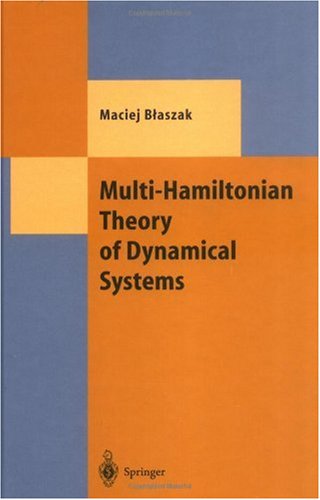
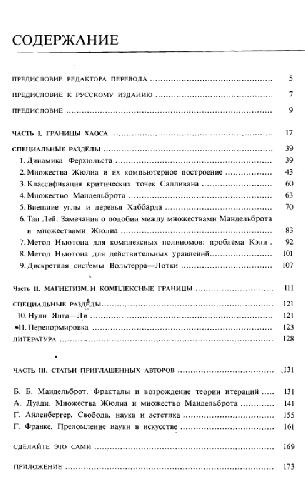
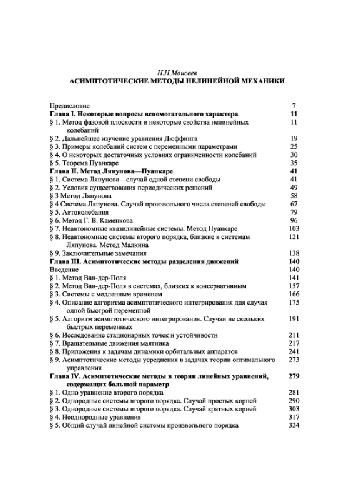

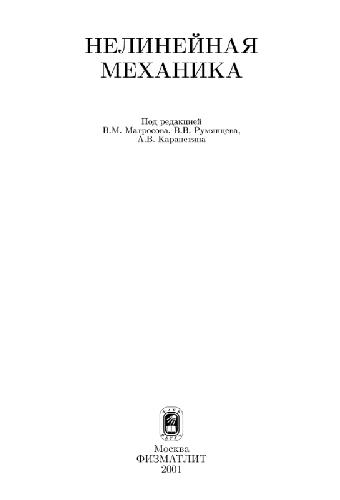
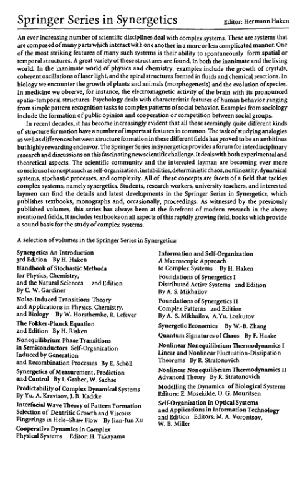
Reviews
There are no reviews yet.